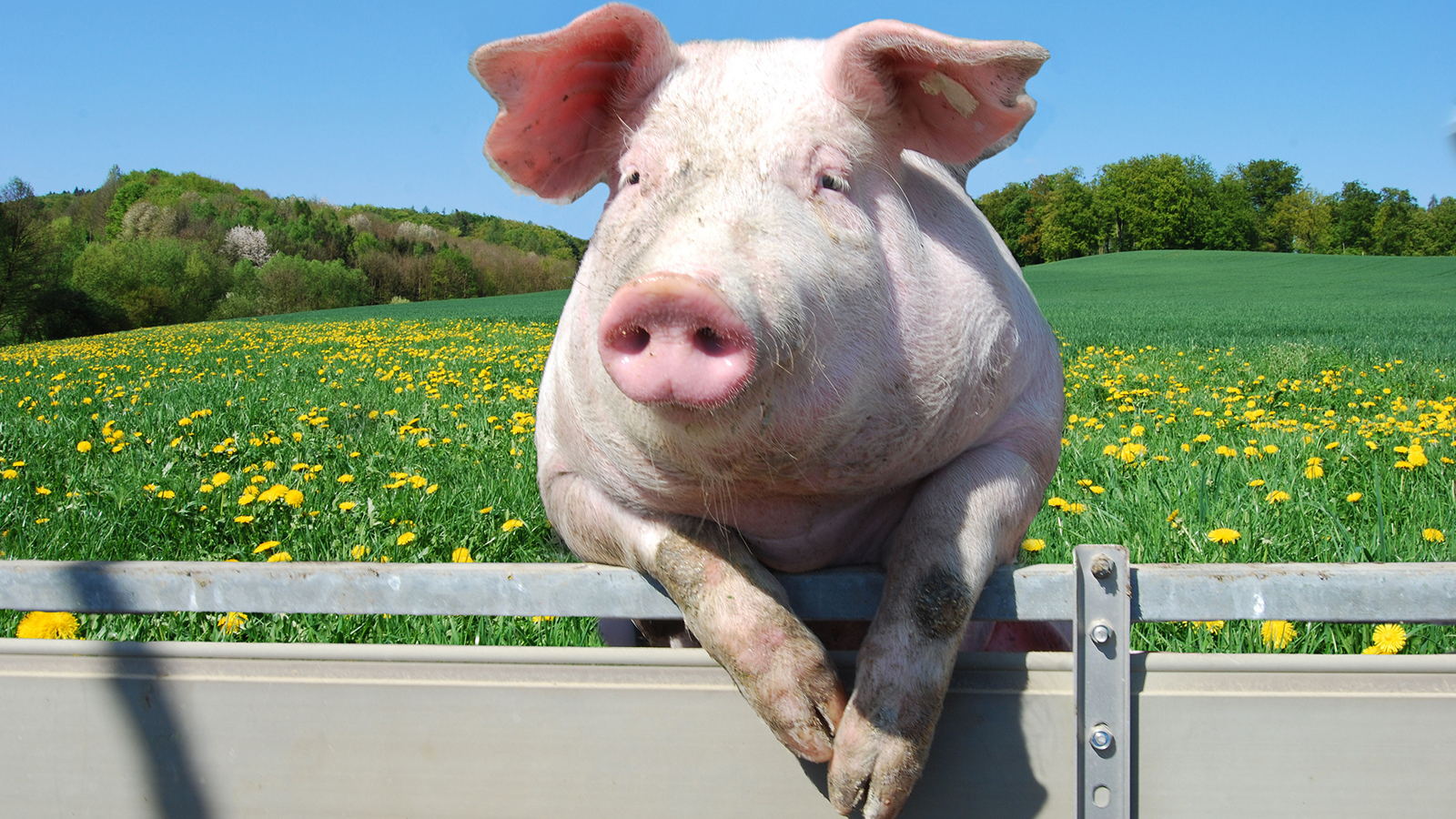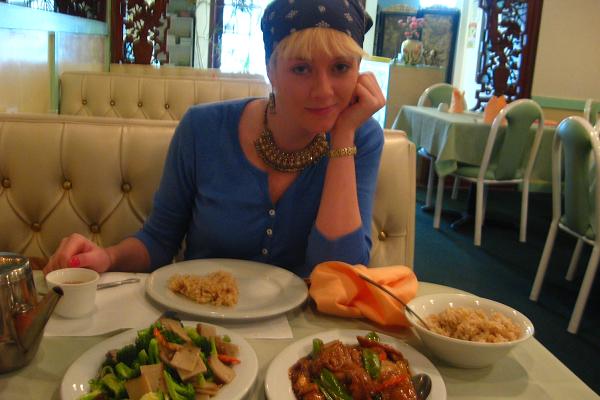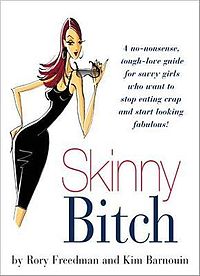By Vinamarata “Winnie” Kaur
I see people around me
trying to divide race into white or Black,
and I look at myself—
lurking between the color codes of what’s deemed normal.
I turn to feminism,
only to meet a Western mainstream society still laced with racism and speciesism.
I feel like an insider-outsider.
They ask, “What are you?”
Am I white or Black?
Maybe neither—maybe both—
and it shouldn’t be anyone’s business.
Who am I, and what justice movement can hold me?
Will the Others ever learn to look beyond my Brown flesh,
to guide their chakras away from my external surfaces?
I see people around me
smoking and drinking their health away.
They revel in hallucinogenic nights
and praise the sizzle of summer steaks,
while shaming vegetarians and vegans
for refusing their carnal feast.
I look at myself—
a decolonizing, teetotaling, body-positive vegan feminist,
secluded and excluded from their circles.
Content in the company of books and close friends,
I turn to TV and film,
Ready to build my new community.
But the screen still judges me—
color-blind eyes, body-shaming ads, lack of representation.
Who am I if not the Other-“Other”
in this United-yet-divided land of opportunities?
With liminal spaces to call home,
I bear the layered shackles of binarism
entrenched in a world dominated by white-cis-male heteropatriarchy,
my identity unrecognized.
I carry the spirit of the Brown subaltern
and a body fueled by plants,
spreading the word:
I am different and disidentified.
I am both vegan and a non-Western feminist—
and that is OK.
I inhabit the in-between, the Brownness of this flesh-and-color-obsessed society—
not merely through culinary choices
or the invisible purdah on my skin,
but through subjectivity and lived experience.
What grants anyone the privilege
to expel me from “normalcy,”
to force me to classify as white or Black, feminist or vegan?
I refuse to pass as one or the Other, because:
#BlackLivesMatter #BrownLivesMatter #TransLivesMatter
#IntersexLivesMatter #NativeLivesMatter #NonHumanLivesMatter
Colonialism, consumerism, and carnism
must no longer dictate our relations to our marginalized bodies.
Yes, my DNA reaches into European, Persian, Jewish, and Indigenous American roots—
roots from which I am still learning and listening.
From their intertwined wisdom, I weave my ever-in-flux intersectional, Brown, South-Asian-American, vegan-feminist self,
each strand inseparable from an ever-evolving, multivalent identity.
I will keep binding, braiding, and building these threads—
in solidarity—until my last breath.
Winnie was raised in a small city in northern India and is currently a PhD candidate in English and Comparative Literature at the University of Cincinnati, Ohio, United States. Her current research and teaching interests include South Asian studies, environmental literatures, critical animal studies, digital humanities, Sikh studies, queer thea/ologies, and feminisms in popular/counter cultures. She has always been passionate about social justice through expressivity and creativity.







